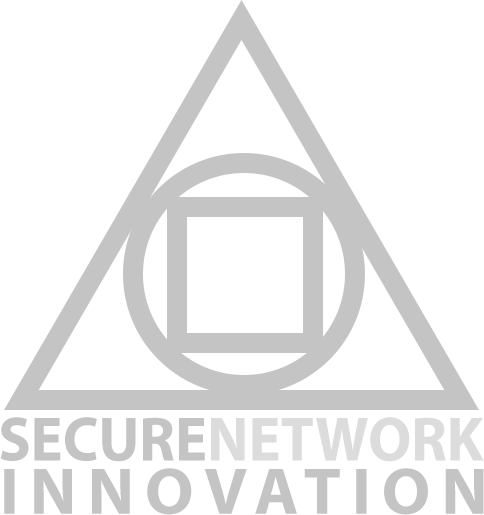10ZiG Thin Client Products
10ZiG Thin Clients are optimized for virtual desktops and offer the latest VDI clients preinstalled, with support for PCoIP, HDX, EOP, and RemoteFX. Combining the best of breed in security, high performance and flexibility, 10ZiG devices offer the complete desktop experience. Our goal is to take the complexity out of Desktop Virtualization by providing Thin Clients and Zero Clients with components that simplify implementation, improve management and enhance the user experience. Our Thin Clients and Zero Clients are available in a wide-range of hardware options including Wireless Tablets, All-in-Ones and small form factor units, with a choice between CE.Net, Linux, Windows Embedded 7 and Windows Embedded 8.

Why would I use VDI?
Prospective clients tell us all the time about the IT problems they face with their conventional computers and networks. Some of these include: data security, patch management, lost information recovery, high availability needs, on-demand storage and performance expectations. Switching to a virtual operating system and replacing a PC with thin client hardware can help solve all these problems and more.
A centralised back-end infrastructure, the hardware and software that makes the system work, has major advantages due to economies of scale. It can use the latest and most powerful hardware and software – giving users access to resources and applications that might not otherwise be affordable. This can easily be accomplished in minutes without the common worries of hardware and software compatibilities at the desktop level.
The system can be maintained to a high standard, so computer downtime is all but eliminated. Latest security techniques can be used to significantly reduce the risk from viruses and hacking. As such, virtualisation potentially improves the data integrity of user information because all data can be maintained and backed-up in the data center.
Crucially, VDI allows many users to access, on demand, the extra power, capacity and resources offered by a centralised system without any need to reconfigure or upgrade the desktop hardware.
This is done by making use of what are called thin clients. Thin clients are computing devices with no moving parts that function as an access device on a network and allow you to access the power of other computers to do your work. This means you can continue to expand the capacity of your IT system without buying a new more powerful computer, allowing for much longer hardware refresh cycles
What is VDI?
VDI is a way of hosting a desktop operating system (such as Microsoft Windows, Mac OSX and Linux) on a centralised or remote server. The client’s data, as well as desktop image, is managed within what is called a Virtual Machine, which is put simply, a completely isolated and secure guest operating system installation within a normal host operating system residing on a server.
The desktop virtualisation software lets you access your desktop operating system as if it is on your computer. It also allows you to access and present data to workstations over a local area network (LAN) or a wide area network (WAN). Some examples of these software providers are VMware, Citrix, Quest and Microsoft.
What are the cost benefits of a VDI?
There are a number of cost benefits of using a VDI – PC replacement savings is just one of them. Thin clients last around 4-6 years longer than their PC counterparts, resulting in fewer hardware refreshes. In turn this will mean you spend fewer resources on deploying, managing, patching, upgrading, supporting and eventually retiring the desktop
Overall, hardware expenses should lessen, as users can share resources allocated to them on an as-needed basis. Equally important technical services resources can be redeployed to more important tasks such as optimising or securing the company’s network infrastructure or other pressing activities to improve overall company productivity through technology. This is due to the fact that there is no longer a need to go to the desktop to resolve technical issues or to upgrade and maintain potentially hundreds/thousands of individual desktop operating systems. Worker productivity will also increase as there are fewer failures at the desktop level due to more dependable hardware and a locked down desktop operating system.
Overall the initial investment of time and resources in implementing desktop virtualisation will pay huge longterm dvidends in the savings of money, time, and increased worker productivity. Not to mention the additional data security benefits of the combination of VDI and Thin Clients at the desktop.



